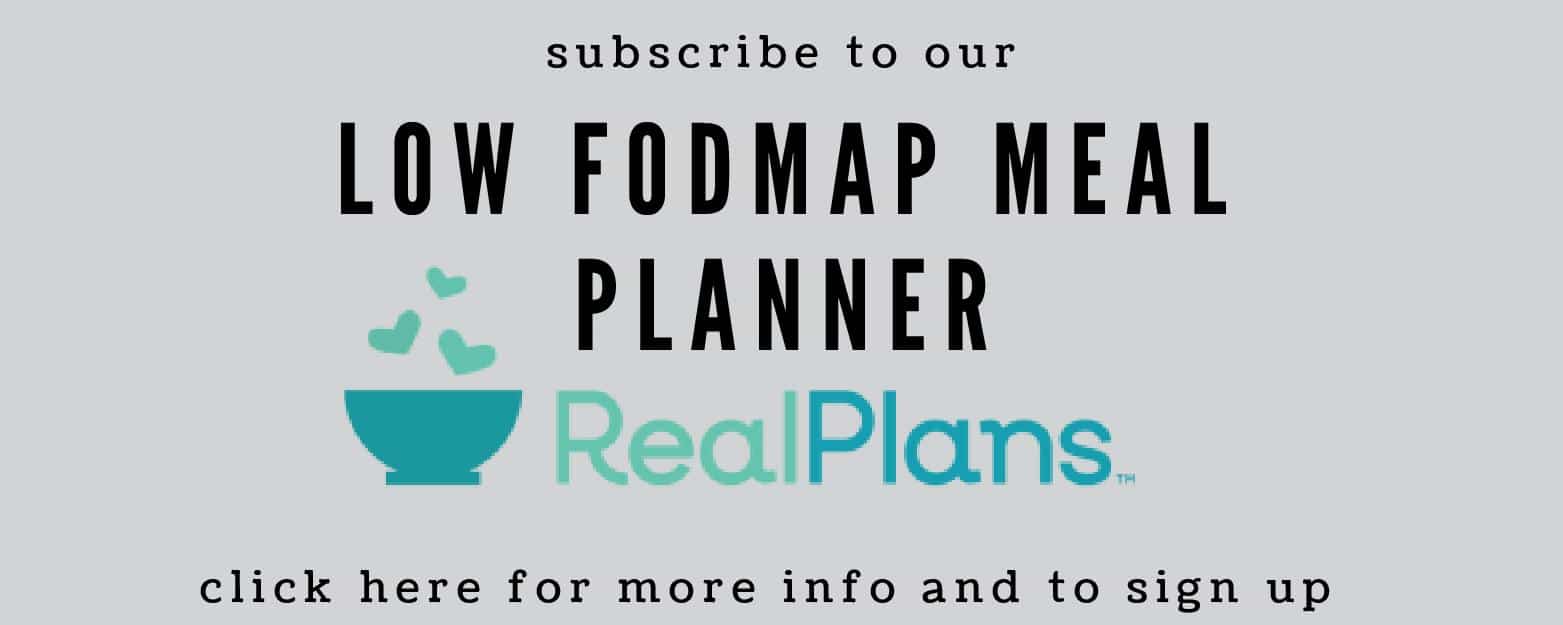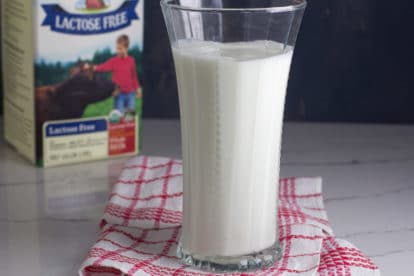Bacon enthralls the American imagination above all foods. It’s the classic breakfast food, the star of a BLT, and the crispy topping on a wedge salad. Curious about the chemical and cultural backstory of bacon?
The story of Bacon is one of taste, good PR, innovative marketing, and possible health implications that make it hard for most of us to be well-educated consumers. Health risks go beyond nutrition to public health. The World Health Organization’s International Agency for Research on Cancer lists processed foods like bacon as Group 1 carcinogens, the same group as tobacco and asbestos, because there is strong evidence that they are linked to colorectal cancer.
Daily consumption of 50 grams of bacon, or about a quarter more than four strips, increases the risk of colorectal cancer by 16%. Innocent-looking as it may be, bacon is a public health and economic issue. This issue is further exacerbated by misleading advertising and labeling that capitalize on expectations of healthier food with clever, though not entirely truthful, statements.
“Uncured” bacon, for example, is labeled as free of nitrates and nitrites but is still cured using natural sources of nitrates, such as celery powder, which can provide nitrates. These are reduced to nitrites, the same chemicals consumers are trying to avoid. Labels such as “Uncured” and “No Nitrates or Nitrites Added” can be both truthful and misleading under USDA regulations, depending on their everyday use, and may still allow for the presence of chemicals in cooked meat. The goal of this article is to clear up such myths based on facts so you can make your informed decisions.
The ‘Uncured’ Bacon Deception

The packet of “uncured” bacon you carefully selected might seem like a healthier and more virtuous option, but it is one of the most deceptive products found in modern supermarkets. You are making this choice under the impression that you are avoiding artificial preservatives, particularly sodium nitrite (NaNO2), which has been the subject of health controversies for many years. The label proudly states “No Nitrates or Nitrites Added,” which may give the impression that the product is somehow safer.
However, this perception of safety is based on a regulatory loophole that allows for a kind of chemical substitution. The root of the issue lies in the use of concentrated celery powder or juice, a seemingly natural ingredient that performs almost the same chemical function as its synthetic alternatives. The science is straightforward and uncontested in this case. Celery carries sodium nitrate (NaNO3) naturally, which, when combined with the pork during curing, is reduced by bacteria to sodium nitrite (NO2−), the same chemical compound found in conventionally cured bacon.
A 2022 study published in the Journal of Food Protection found that processed meats labeled as “uncured” often contain as much, or even more, residual nitrite than traditionally cured meats. While the label may be accurate in stating that no synthetic nitrites were added, it does not reveal the critical fact that nitrites can still form naturally within the product.
The USDA labeling rules permit this distinction, which has a “health halo” impact that, in the view of consumer groups, misleads the vast majority of consumers. You are not choosing a nitrite-free product; you are choosing a product that derives the nitrites from a vegetable source.
Bacon’s Rise Was a PR Masterstroke

Bacon wasn’t always considered a classic American breakfast food; its status is the result of one of the most effective public relations campaigns of the 20th century. In the 1920s, the Beech-Nut Packing Company, which produced a variety of products including pork and chewing gum, aimed to boost its bacon sales. They sought the assistance of Edward Bernays, who was the nephew of Sigmund Freud and is often hailed as a trailblazer in the field of public relations.
Bernays understood that changing consumer habits required altering social norms. Instead of merely creating ads that said “Eat More Bacon,” he sought to fundamentally redefine the American idea of a good breakfast, which at the time consisted of a light meal: typically coffee and a roll. Bernays consulted with the company physician, asking if a larger breakfast would be healthier. The doctor agreed that the body loses energy during the night, and a large meal would be a better start to the day. Bernays got this doctor to call 5,000 of his fellow physicians, asking them to endorse this opinion.
An amazing 4,500 doctors signed the document. Bernays then printed this “study” in newspapers across the country, with headlines that read, “4,500 Physicians Recommend Heartier Breakfasts.” The articles, of course, highlighted bacon and eggs as the hearty breakfast of choice. Beech-Nut bacon sales soared, and the bacon-and-egg breakfast became an American staple, a triumph of manufactured consensus over natural cultural evolution.
The Science of Sizzle and Smell

The allure of cooking bacon comes from its rich chemistry and multisensory experiences. The “bacon” smell is not just one compound, but a compound of hundreds of volatile organic compounds coming from the Maillard reaction. The Maillard reaction is the same chemical reaction that creates the browning of crusty seared steaks, golden-brown toast, and roasted coffee. The Maillard reaction happens when amino acids and reducing sugars (taken from the protein in the lean part of bacon) are heated at a high enough temperature.
When releasing heat, bacon placed in a frying pan will uncurl, and its proteins will denature as the fats melt due to the application of heat. This process involves a series of chemical reactions that result in the formation of pyridines, pyrazines, and furans. The flavor combinations include savory, nutty, and meaty flavors. This process is behind more than just making your nose wriggle; it plays a significant role in flavor development and is partly why bacon is so addictive. The combination of salt, rendered fat, and umami flavor from the Maillard reaction provides a powerful sensory trifecta that our brains are programmed to crave.
Research in food science, conducted by organizations such as the American Chemical Society, has determined that the breakdown of lipids (fats) in bacon is what forms the carbonyl compounds, including aldehydes and ketones, primarily responsible for its distinctive taste. The crunch that develops as the water cooks off and the fat crisps up provides a satisfying mouthfeel to a sensory experience that is both physiologically and psychologically potent.
Bacon by the Numbers: A Staggering Economic Force

America’s love for bacon is a significant economic engine, from commodity markets to fast-food menus. According to the American Society of Animal Science, the pork industry, which includes bacon, supports a total of more than 600,000 jobs and generates tens of billions of dollars in annual economic output. Bacon is the cornerstone of the industry, with annual U.S. sales exceeding $5 billion for many years. This has led to steady and reliable demand, resulting in even more specialized financial instruments.
While the infamous pork belly futures contracts, which we all learned about in our economics classes, were delisted from the Chicago Mercantile Exchange in 2011 due to continued diminished trading volume, the cash pork belly market, i.e., the meat from which bacon is made, continues to reflect the cash market for food sectors. Pork belly prices can be highly volatile at times, influenced by factors such as feed prices, herd health, consumer demand, and other variables that have downstream effects on the economy.
For instance, fluctuations in pork belly prices, which occur periodically, affect restaurants, such as fast-food chains, which ultimately lead to higher consumer costs on menu items. Sometimes trending almost like a “bacon bubble,” consumers think of bacon, with bacon not only being a vital part of consumer levels but also a “commodity.”
The scale of the commodity ag industry, as quantified in this section and supported by analytical information from the USDA’s Economic Research Service, demonstrates that bacon is not just food – it is a major and significant industry sector in the US agriculture and economy.
The Inescapable Sodium Problem

Although nitrates often dominate the health controversy around bacon, an equally pressing concern is its high sodium content. Sodium is essential, but most Americans consume far more than the CDC recommends, at 2,300 milligrams daily. A single serving of bacon contributes a substantial portion of that before breakfast is over. Even three strips can contain more than 500 milligrams of sodium, and certain brands, especially those with added flavorings, have even higher levels, making bacon a notable contributor to the country’s sodium overconsumption.
The health consequences of a high-sodium diet are grim and well-documented. CDC’s statistics for 2023 continue to directly blame excessive sodium intake for high blood pressure (hypertension), a leading cause of heart disease and stroke, which remain two of the United States’ leading causes of death. Hypertension over time causes the heart to work harder, arteries to become stiffer, and can lead to heart failure, kidney disease, and blindness. For nearly half of American adults who already have high blood pressure, regular indulgence in high-sodium foods like bacon can be particularly risky.
Making a conscious effort to read nutrition labels and respect the sodium load in processed meats is a significant part of minimizing these widespread and preventable health risks.
The Environmental Toll of Bacon

The journey of bacon from farm to table costs the environment far more than we typically account for when we discuss its value as a food. Raising pigs, like most forms of industrial animal agriculture, is a resource-intensive and environmentally demanding production. The 2022 UNEP report, which took a long view, highlighted the significant drain on the world’s resources that livestock farming entails.
Specifically, pig farming requires a considerable amount of land to accommodate pigs and grow their food, primarily corn and soy, and is literally paving the way for deforestation and a monoculture model of farming on land that was once a natural habitat, thereby reducing biodiversity.
Pork production has a significant water footprint. The water involved includes that for the animals (as explained above), sanitation, and irrigation of livestock feed crops. Additionally, it is important to note that, according to the Water Footprint Network, the global average water footprint for 1 kg of pork is about 6,000 liters.
Aside from land and water, pork production generates methane (CH4) and nitrous oxide (N2O), which are direct contributors to greenhouse gases associated with climate change. Waste from livestock is a complicated matter. Hog operations create lagoons of liquid and solid manure that leach excess nutrients and pathogens into local water bodies and groundwater sources, as documented in many states that produce pork, such as North Carolina and Iowa.
The Global Family of Cured Pork

Iconic as it is, American-style bacon, smoked and sliced from the pork belly, is just one of an enormous and diverse family of cured pork products worldwide. The variations are a revelation, offering a whole world of differing flavors, textures, and applications that put the American strip in context. In Italy, for example, pancetta is a close cousin. It is also derived from the pork belly but is typically salt-cured and flavored with spices like black pepper, and allowed to dry for a while.
Pancetta is not normally smoked, unlike American bacon, and thus has a cleaner, more intensely piggy flavor. It is mainly available rolled (arrotolata) or in a slab (stesa) and is a staple in dishes like spaghetti alla carbonara. Another well-known Italian cured pork product is guanciale, which, unlike pancetta, is not made from the belly, but rather from the pork jowl or cheek. Guanciale is cured for several weeks and contains a higher fat percentage, resulting in a more intense and complex flavor than either pancetta or bacon.
Its fat renders beautifully, contributing a unique depth that is purported to be essential for traditional Roman pasta dishes, e.g., pasta all’amatriciana. In the United Kingdom, “back bacon,” which includes a slice of loin along with belly, is more popular, providing a meatier, less fatty slice. Speck is a smoked, cured, and sometimes salt-cured fatback in Germany that can be eaten on its own or used for larding roasts. Savoring such international variations makes one marvel at the culinary universe and how cultures have mastered the art of preserving and seasoning pork.
The Psychology of ‘Bacon Mania’

The 2010s saw a cultural trend known as “Bacon Mania,” characterized by the saturation of the consumer market with bacon-flavored products, ranging from vodka and toothpaste to lip balm and air fresheners. This trend was no flash in the pan but a manifestation of deep psychological and cultural streams.
It was a condoned vice, a daily habit that was a reaction to the increasingly austere health and wellness culture of the day. During an age of kale smoothies and quinoa salad, bacon was the icon of unapologetic, transgressive hedonism. The internet and social media created a mania for it, as memes and viral articles referred to bacon as the ultimate food. Marketers also jumped on this cultural trend with gusto.
As outlets like The Atlantic wrote at the height of the trend, fast-food chains and restaurants tried to outdo one another with increasingly extreme, bacon-laden menu items. This created a feedback loop: media coverage fueled consumer interest, which prompted even more brands to join the bacon bandwagon. Psychologically, the trend tapped into our deep-seated desire for novelty and extreme sensory experiences.
Its bold flavor profile, combined with its cultural status as a “rebel food,” made it irresistible. While the most absurd product extensions have passed, the Mania solidified bacon’s status as more than a food, but as a cultural force to be reckoned with.
Not All Bacon Fat Is Created Equal

Cook bacon and you’re left with a pan full of liquid gold: rendered bacon fat. For generations, frugal home cooks have saved this fat for future use, but there is a right and wrong method of doing so. The integrity of your rendered fat is entirely dependent on how the bacon has been cooked.
If you’re cooking your bacon at a super high heat, so that it’s smoking, you’re not just burning the bacon, you’re also damaging the fat. Bacon fat has a relatively low smoke point of around 375°F (190°C). If you exceed that, the fat starts to degrade, creating off-flavors and potentially even hazardous compounds.
The fat will taste bitter and acrid, and it will transfer those nasty flavors to whatever you’re cooking in it. To render the highest quality fat for cooking, simmer the bacon at a low temperature. Starting the bacon in a cold pan and bringing it up to temperature gradually allows the fat to melt and render out gently without scorching.
This method not only produces perfectly crisp bacon but also yields a clean, pure, and flavorful fat. Once it has been rendered, the fat needs to be strained through cheesecloth or a fine-mesh sieve to remove the solid bits of meat, as these can burn and go rancid if left in. This rendered fat, stored in an airtight container in the refrigerator, makes a great cooking fat for everything from roasting vegetables and frying eggs to savory pastries, imparting a smoky depth of flavor that oil or butter can’t match.
The Cancer Connection Is Not Unclear

The WHO’s IARC designation of processed meat as a Group 1 carcinogen is one of the most crucial facts a bacon consumer can know, yet its significance is often overlooked. One must be clear about what this designation means. Group 1 is used for agents for which there is adequate evidence of carcinogenicity in humans.
This does not mean that eating bacon is as likely to cause cancer as smoking cigarettes on a gram-for-gram basis, but it does mean the scientific evidence for its causal link to cancer is equally strong. The primary mechanism of concern is the presence of nitrites, whether added synthetically or naturally occurring, such as in celery powder. On heating, these nitrites react with naturally occurring amines of the meat to form N-nitroso compounds (NOCs), including nitrosamines.
These NOCs are proven mutagens, which may lead to human DNA damage, a key precursor to cancer. Heme iron, a type of iron found in red and processed meat, may also play a role in this process and lead to oxidative stress in the colon. This evidence is not hypothetical or provisional, but rather represents the consensus of the world’s scientific community. Informed consumption entails self-managed risk.
Key Takeaways

A healthy dose of skepticism toward marketing and nostalgia must be applied to bacon. The “uncured” label provides no real health benefit; the identical nitrite risk associated with traditional curing and “natural” curing remains.
One must take into account that processed meat, including bacon, has been classified as a Group 1 carcinogen with causal association to colorectal cancer (World Health Organization, 2020).
Use this information to transform your expectation of bacon as an everyday food into a unique one, and be mindful of its sodium content and potential long-term health issues. Cook your bacon at a low heat to reduce the creation of carcinogens.
Turn to reputable sources, rather than packages or advertisements, to learn about making informed healthy food choices. Let fact, not the bacon business, dictate your decisions – this is the key mindset for a contemporary bacon eater.
Disclaimer: This list is solely the author’s opinion based on research and publicly available information. It is not intended to be professional advice.
16 Grocery Staples to Stock Up On Before Prices Spike Again

16 Grocery Staples to Stock Up On Before Prices Spike Again
I was in the grocery store the other day, and it hit me—I’m buying the exact same things I always do, but my bill just keeps getting higher. Like, I swear I just blinked, and suddenly eggs are a luxury item. What’s going on?
Inflation, supply-chain delays, and erratic weather conditions have modestly (or, let’s face it, dramatically) pushed the prices of staples ever higher. The USDA reports that food prices climbed an additional 2.9% year over year in May 2025—and that’s after the inflation storm of 2022–2023.
So, if you’ve got room in a pantry, freezer, or even a couple of extra shelves, now might be a good moment to stock up on these staple groceries—before the prices rise later.
6 Gas Station Chains With Food So Good It’s Worth Driving Out Of Your Way For

6 Gas Station Chains With Food So Good It’s Worth Driving Out Of Your Way For
We scoured the Internet to see what people had to say about gas station food. If you think the only things available are wrinkled hot dogs of indeterminate age and day-glow slushies, we’ve got great, tasty news for you. Whether it ends up being part of a regular routine or your only resource on a long car trip, we have the food info you need.
Let’s look at 6 gas stations that folks can’t get enough of and see what they have for you to eat.




